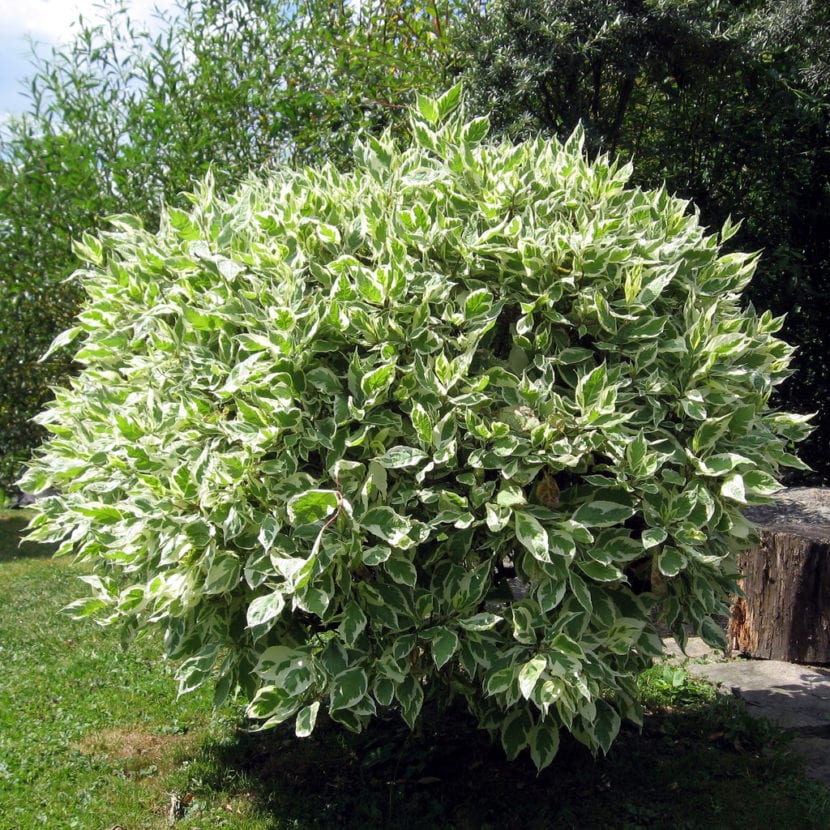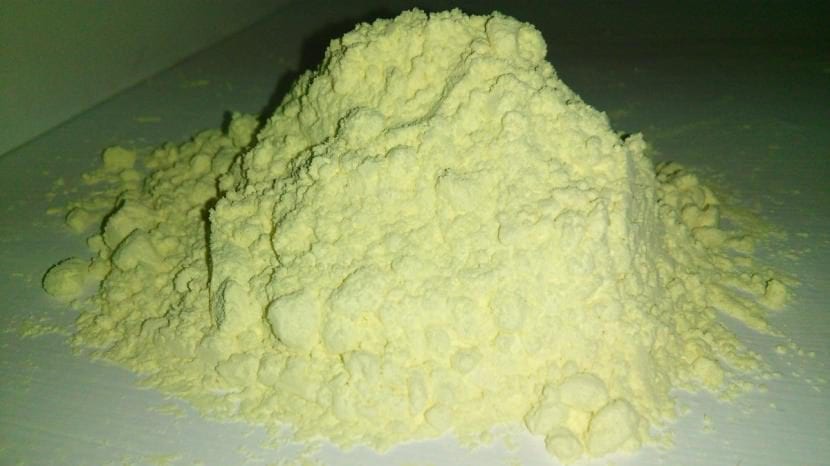
In the nurseries and garden stores, as well as in the local markets, they offer us plants that are completely healthy, of a beautiful green color. It is true that they have to do it this way to be able to sell them, although it is also true that if we took home one that was sick, we would put the health - and perhaps the lives - of those we already have at risk.
But the growing conditions in one place and another are often very different, causing brown or spotted tips to appear almost overnight, or flowers that fail to open. Thus, it is interesting to know how to keep plants green and healthy, truth? Let's see how to get it.
Choose plants that suit your area

If you have been following the blog for a long time, you are probably a little tired of always reading the same advice, and if you are new I promise that I will do my best not to repeat myself again 🙂, but really, the key for a plant to be healthy and green lies precisely in the climate. The care you receive is also decisive, but not as much as the temperatures, the wind, or the humidity.
Although you have to be patient, I highly recommend doing a little research exercise when you are interested in buying a specific plant. You don't need to know everything about her; just knowing its hardiness (that is, what is its ideal temperature range) is more than enough. To make it easier for you, here on the blog you will find a lot of information about many plants, such as:
Put them in the right place

Not all plants can live in full sun, nor can all plants do so in semi-shade or shade. But if there is a place where no one is used to living, it is inside the houses, for the simple reason that there is no plant that is indoor by nature: all are from outside. However, you will find many that adapt better than others to these conditions, such as clivia, the aspidistra or the potos, but I assure you that they will not have the same development as if they were outside (be careful, this does not mean that they cannot be perfect inside the house 😉).
If you want to have a well decorated garden, patio or balcony, it is very necessary to know the light needs of plants. For that you can consult with those of the nursery, or, again, right here:
Water and fertilize them regularly
To be perfect a plant has to be watered and fertilized (except if it is carnivorous) occasionally. But, What is the proper frequency? It will depend on the plant in question, its location and the season of the year in which we are. For example, during the summer the plants that are in pots usually require three or four waterings a week, while those that are in the garden with 2-3 weekly waterings may be enough; On the other hand, in winter the former will have to be watered an average of one or two irrigations a week, and the latter every ten or fifteen days.
How to know exactly? Very simple: checking the humidity of the substrate or soil, either with a digital humidity meter, digging a bit with your hands, or picking up the pot once it has been watered and again after a few days.
And if we talk about the subscriber, they must be paid throughout the growing season: from spring to summer, being able to do it also in autumn if we live in an area where the climate is mild and / or without frost. But what compost to use? Ideally, use organic fertilizers such as coffee grounds, tea bags, guano, etc., but you can also use Fertilizers Specific chemicals for each type of plant that you will find for sale in nurseries.
Give them preventive treatments

Sulfur, a natural fungicide
Although I am one of those who affirm that a well-cared for plant (watered and fertilized) will not be affected by any pest or have any disease, if we know that in our area there is a high risk of plants being affected by one in particular ... we have to be cautious. For example, where I live the red palm weevil is the main enemy of the palms, so every year I do preventive treatments otherwise I would most likely run out of them in a matter of days even though I take care of them the best I know how.
And the same with seedbeds, especially trees: if they are not sprinkled with copper or sulfur or treated with fungicides, the mushrooms they would soon end their lives. So, do not hesitate: do preventive treatments to protect your plants.
Change them from a pot or plant them in the garden
Plants grow: some more than others, but all do. If you want them to be healthy and green, another thing you have to do is make sure their roots have the space they needOtherwise, as time passes, they will weaken and end up dying, which is what happens, for example, to those species of palm trees and trees that, due to their size, cannot be more than a few years in pots.
So you don't have problems, here are some lists of plants according to your space needs:

And with this we are done. What did you think of this article? Hope you can get your plants to stay healthy and green 🙂.